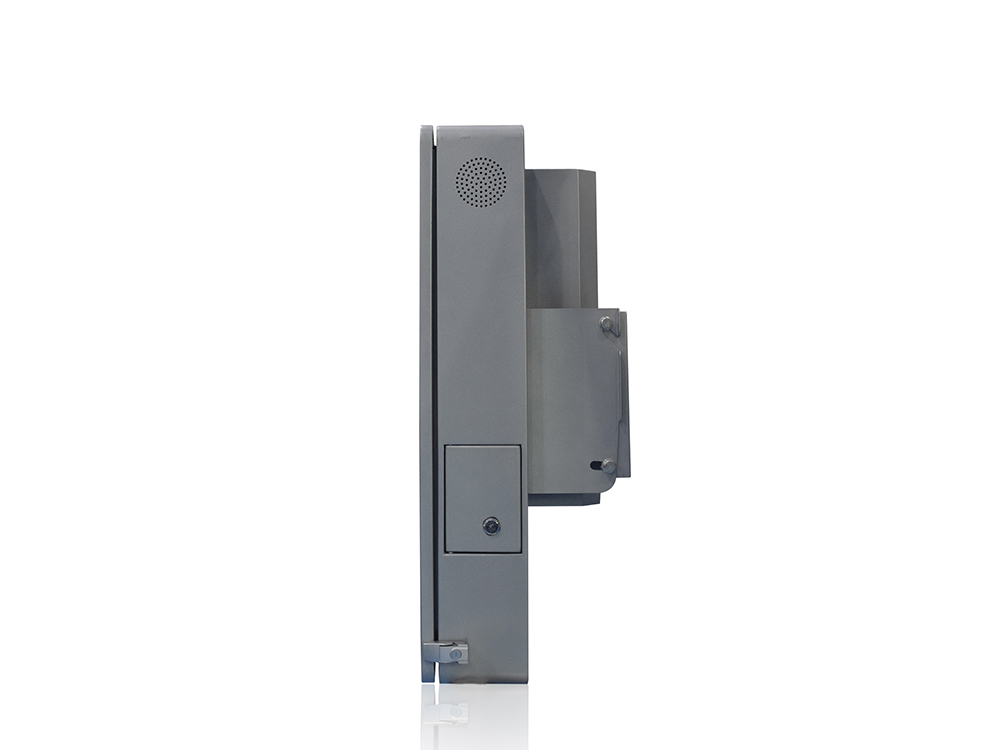How to Measure Digital Signage ROI
In today's fast-paced business environment, digital signage has emerged as a powerful tool for engaging audiences, conveying critical information, and enhancing the overall customer experience. From retail stores to corporate offices, educational institutions to healthcare facilities, digital signage is everywhere, captivating viewers with dynamic content that can be updated in real-time. However, as with any investment, it's crucial to understand the return on investment (ROI) to justify the expenditure and optimize future strategies. Measuring digital signage ROI involves a multifaceted approach that goes beyond just the initial cost and extends into various aspects of business performance.

Understanding the Basics of Digital Signage ROI
ROI is a metric that quantifies the financial gain or loss generated by an investment relative to its cost. In the context of digital signage, ROI helps businesses assess whether their investment in digital displays, content creation, and maintenance is yielding the desired results. To calculate ROI, you typically use the following formula:
ROI=Cost of Investment(Gain from Investment−Cost of Investment)×100
While this formula seems straightforward, the challenge lies in accurately quantifying the "gain from investment" in the realm of digital signage. Unlike direct sales, where revenue can be easily tracked, digital signage impacts multiple facets of a business, including brand awareness, customer engagement, and operational efficiency.
Key Metrics for Measuring Digital Signage Effectiveness
To measure the ROI of digital signage effectively, you need to consider a range of metrics that reflect its impact on your business. Here are some key metrics to focus on:
Viewer Engagement:
Dwell Time: Measure how long viewers are engaged with your digital signage content. Longer dwell times indicate higher engagement levels.
Impression Count: Track the number of times your content is viewed. High impression counts can signify effective content placement and visibility.
Customer Behavior:
Foot Traffic: Analyze changes in foot traffic in areas where digital signage is installed. Increased foot traffic can indicate that the signage is attracting more attention.
Conversion Rates: Measure the percentage of viewers who take a desired action, such as making a purchase or inquiring about a product/service, after viewing the digital signage.
Brand Awareness:
Social Media Mentions: Monitor social media platforms for mentions of your brand in relation to the digital signage. Positive mentions can indicate enhanced brand visibility.
Survey Results: Conduct surveys to gauge customer awareness and perception of your brand before and after the implementation of digital signage.
Operational Efficiency:
Content Update Frequency: Assess how often you need to update the content and the ease of doing so. Efficient content management can reduce operational costs.
Remote Management Capabilities: Evaluate the ability to manage digital signage remotely. Remote management can save time and resources, contributing to overall efficiency.
Methods for Collecting Data
To gather the data needed for these metrics, you can employ several methods:
Analytics Software: Use digital signage analytics software to track viewer engagement, impression counts, and dwell times. These tools can provide real-time data and insights.
Customer Surveys: Design and distribute surveys to collect feedback on brand awareness, customer behavior, and overall satisfaction with the digital signage.
Sales Data: Analyze sales data to identify any correlation between digital signage implementation and increases in sales or conversion rates.
Foot Traffic Counters: Install foot traffic counters in areas with digital signage to measure changes in pedestrian flow.
Calculating the Financial Gain
Once you have the data, you can begin to calculate the financial gain from your digital signage investment. This may include:
Increased Sales: Attribute a portion of the sales uplift to digital signage and quantify it in monetary terms.
Cost Savings: Calculate the savings from operational efficiencies, such as reduced printing costs for static signage or time saved through remote management.
Brand Value: Estimate the intangible benefits, such as enhanced brand image and customer loyalty, which can lead to long-term revenue growth.
Challenges and Considerations
Measuring digital signage ROI is not without its challenges. Some common hurdles include:
Attribution: It can be difficult to attribute specific sales or customer behavior directly to digital signage, as there are often multiple factors at play.
Data Accuracy: Ensuring the accuracy of the data collected is crucial. Inaccurate data can lead to misleading ROI calculations.
Long-Term Impact: Digital signage may have a long-term impact on brand awareness and customer loyalty, which may not be immediately reflected in short-term ROI calculations.
Strategies for Maximizing ROI
To maximize the ROI of your digital signage investment, consider the following strategies:
Content Optimization: Regularly update and optimize your content to keep it fresh and engaging. Use analytics to understand what content resonates best with your audience.
Strategic Placement: Place digital signage in high-traffic areas where it is most likely to be seen and have the greatest impact.
Integration with Other Marketing Channels: Integrate digital signage with your overall marketing strategy to reinforce key messages and campaigns.
Scalability: Plan for scalability so that your digital signage solution can grow with your business needs without significant additional costs.
Measuring the ROI of digital signage requires a comprehensive approach that takes into account various metrics and data points. By understanding the basics of ROI, focusing on key metrics, employing effective data collection methods, and addressing the challenges involved, you can gain valuable insights into the impact of your digital signage investment. With these insights, you can make informed decisions to optimize your digital signage strategy, maximize ROI, and drive business success.
Remember, the true value of digital signage extends beyond just the financial gain. It can enhance the customer experience, strengthen brand identity, and provide a competitive edge in today's dynamic marketplace. By continuously evaluating and refining your digital signage strategy, you can ensure that it remains a valuable asset for your business.
Application scenarios of digital signage

Tags:
self service kiosk touch kiosk digital signage interactive display interactive touch whiteboard kiosk video wall wall outdoor kiosk IP68 IP67 screen Shopping MallCurrent article link:
https://www.lcdkiosk.com/news/1342.html







